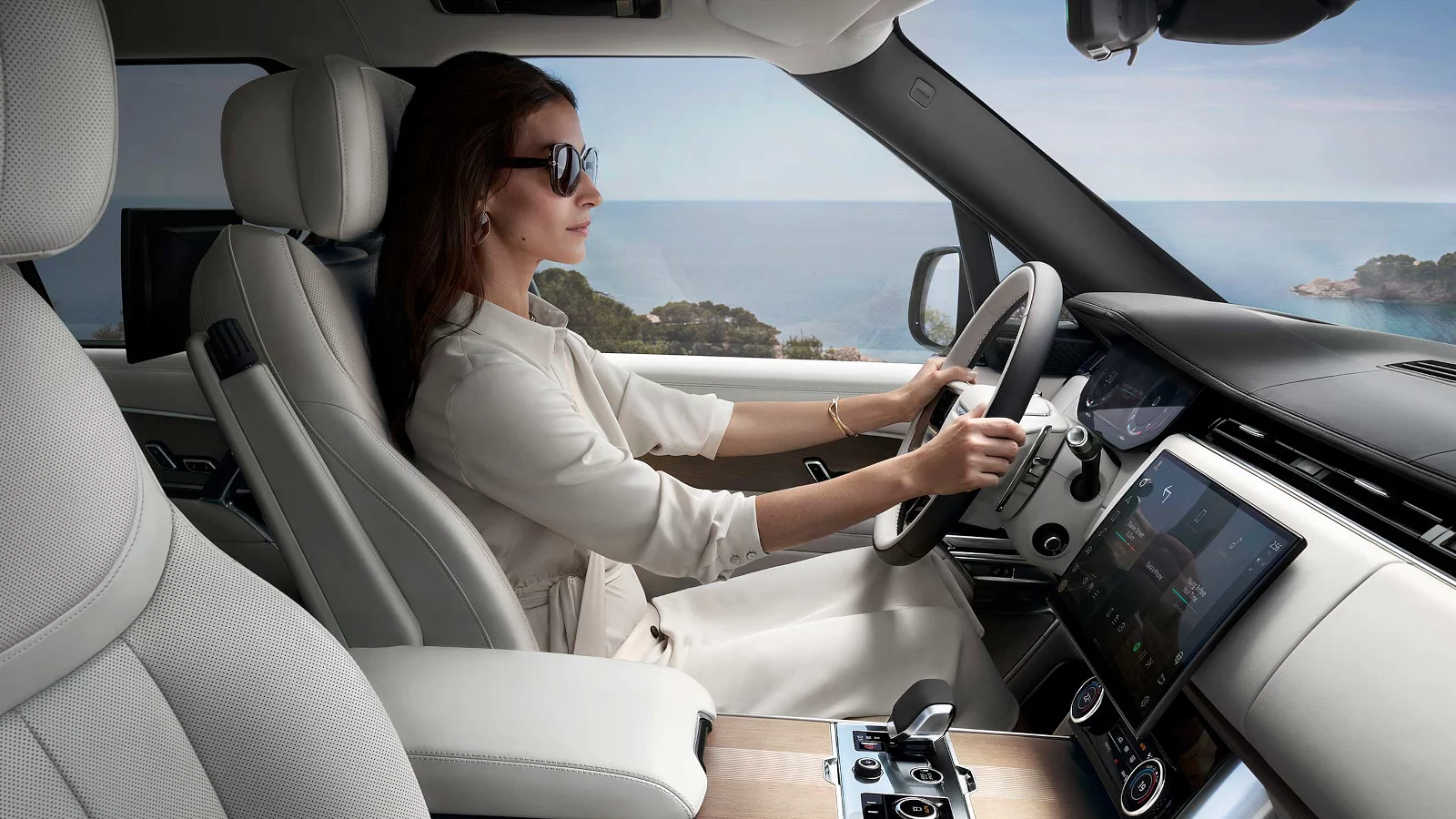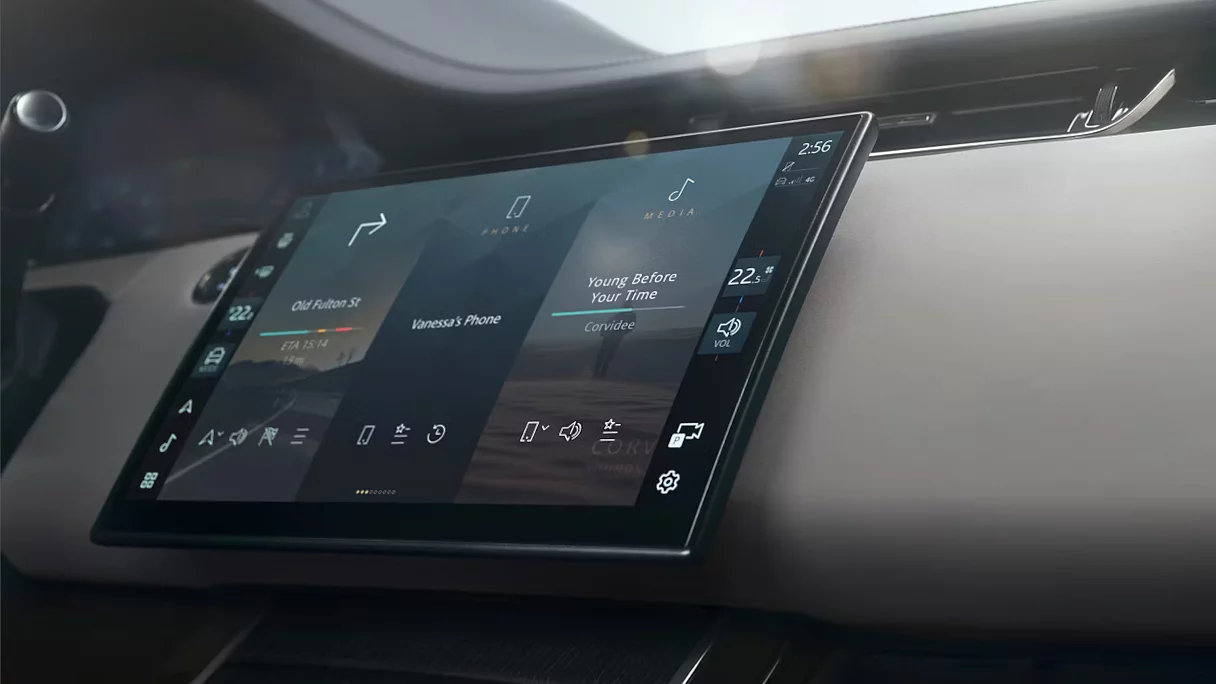
Technology
CONNECTED SERVICES
InControl is the technological heart of your vehicle’s cabin. Surround yourself with precise environment control, smart navigation, security features and infotainment.
Keep in touch with your Range Rover when you're not in your vehicle with the Remote app.

ELECTRIC AND ELECTRIC HYBRID
Wherever adventure leads you, life with an electric or plug-in electric hybrid (PHEV) is boundless.

SETTING UP YOUR VEHICLE

HOW TO CHARGE
ACCESSORIES
Personalise your vehicle with a wide range of accessories designed with style, practicality and versatility in mind. From tow bars to loadspace liners, find a choice of accessories that's perfect for your needs.
SERVICING, MAINTENANCE AND WARRANTY

SERVICING
EXTENDED CARE

ROADSIDE ASSISTANCE
If you break down, have an accident, or lock your keys inside your vehicle, it is good to know that a trained Land Rover technician is just a phone call away.1
ROADSIDE ASSISTANCE BENEFITS
ACCIDENT REPAIR
OWNERS' LIBRARY

1Exact benefits and coverage may vary by market. Please visit your Country page or contact your local Retailer for more information.



